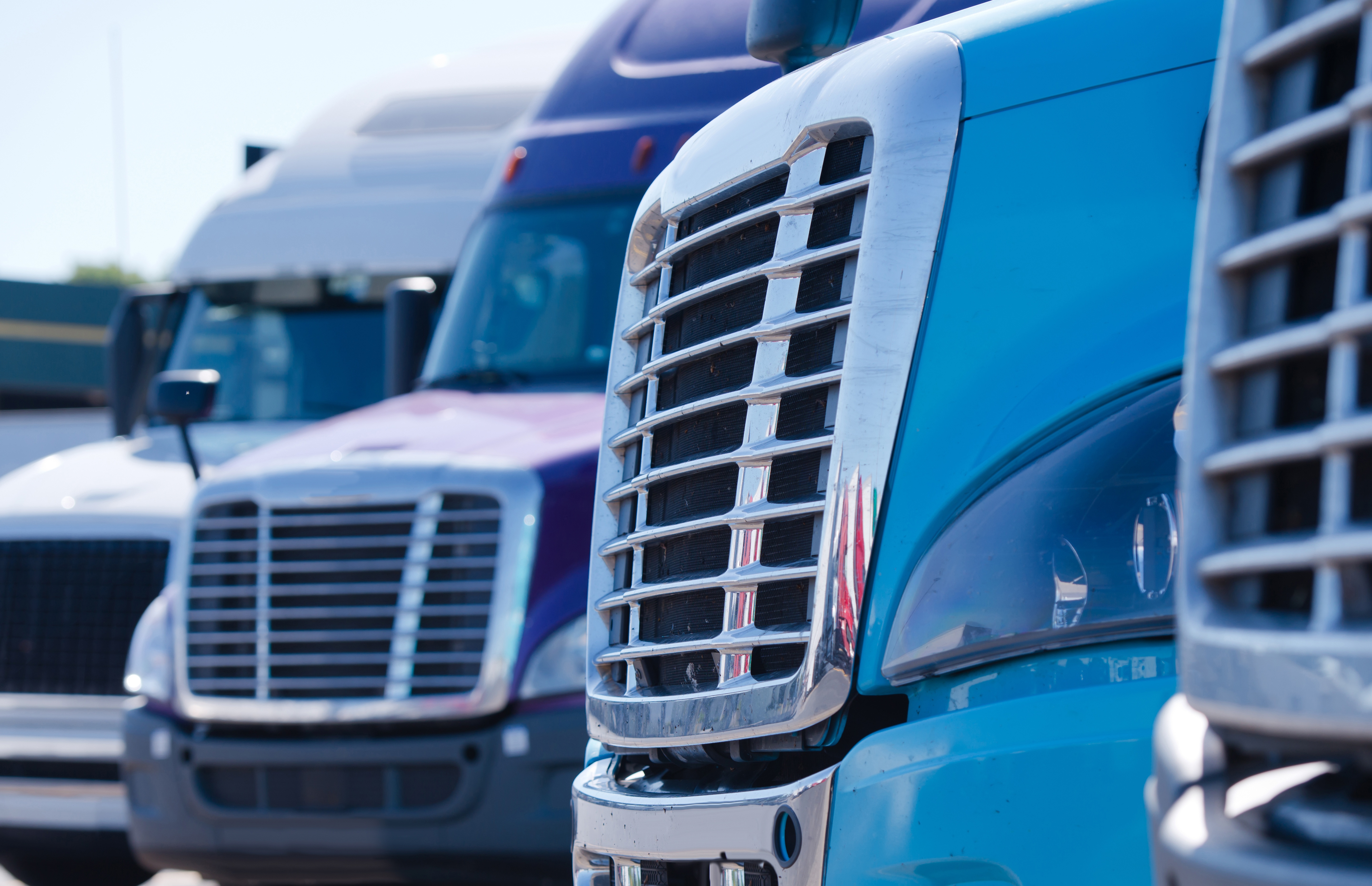 The terms “government regulation” and “increased corporate profit” at first glance seem to be a conflicting association. In 2003 federal mandates went into effect to reduce heavy duty truck diesel exhaust emissions, Particulate Matter 2.5 and NOx—emissions harmful to human health, and continued through 2010. Manufacturers spent hundreds of millions of dollars in research to develop technologies to comply with the mandates and passed the cost directly to the consumer. Although the technologies reduced emissions by as much as 96%, the transportation sector suffered a decade of often failed technologies that caused severe budget and maintenance headaches within their operations.
The terms “government regulation” and “increased corporate profit” at first glance seem to be a conflicting association. In 2003 federal mandates went into effect to reduce heavy duty truck diesel exhaust emissions, Particulate Matter 2.5 and NOx—emissions harmful to human health, and continued through 2010. Manufacturers spent hundreds of millions of dollars in research to develop technologies to comply with the mandates and passed the cost directly to the consumer. Although the technologies reduced emissions by as much as 96%, the transportation sector suffered a decade of often failed technologies that caused severe budget and maintenance headaches within their operations.
A hefty increase in new equipment price, declining fuel economy and unexpected maintenance costs caused a cynicism of government regulations among transportation companies and private fleets nationwide. By 2010 with all of the technical hitches worked out, the technology has saved thousands of lives and billions of dollars in health care costs and lost work days. Emissions treatments on heavy duty trucks have been successful at reducing human health emissions to the point where heavy duty trucks can be classified as ‘clean air machines’ with exhaust air often times being cleaner than engine intake air. However, the technology presented no benefit to the fleet operator in terms of ROI.
 Carbon Dioxide is the new villain in the climate change discussion and ‘going green’ is a global issue and the current cause celebre. In 2014, government mandates for reducing CO2 emissions went into effect. Unlike the costly emissions reductions mandates of the previous decade, the ROI on climate change emissions technology is substantial. Because CO2 emissions are a byproduct of fuel burn, the only path to reducing transportation CO2 emissions is to increase fuel economy. The gains that manufacturers are making in this arena are proving to be advantageous beyond expectation for fleets that adapt these technologies.
Carbon Dioxide is the new villain in the climate change discussion and ‘going green’ is a global issue and the current cause celebre. In 2014, government mandates for reducing CO2 emissions went into effect. Unlike the costly emissions reductions mandates of the previous decade, the ROI on climate change emissions technology is substantial. Because CO2 emissions are a byproduct of fuel burn, the only path to reducing transportation CO2 emissions is to increase fuel economy. The gains that manufacturers are making in this arena are proving to be advantageous beyond expectation for fleets that adapt these technologies.
Fuel economy in heavy duty trucks is improving at a rate of approximately 2.5% annually under the Phase 1 mandates and the Phase 2 proposed mandates will continue this momentum through 2022.
To take advantage of efficiency gains, primary users are turning to a fleet leasing model and instituting a primary lifecycle between 36-42 months, which is the most cost efficient lifecycle for operations traveling an average of 85,000 miles per year or greater. Data supports this new paradigm that results in millions of dollars of fuel and maintenance savings and a reduction of millions of metric tons of CO2 annually.
The industry that keeps America cranking is realizing hefty returns by rethinking business models and replacing old habits with those encouraging environmental sustainability. Early adopters are experiencing even greater intangible effects to their common sense changes from a society grateful for their concern.






